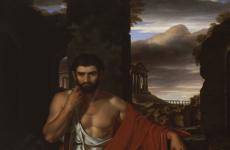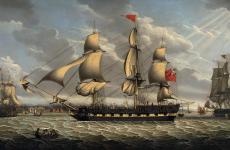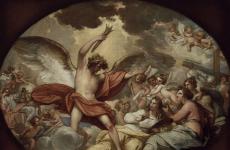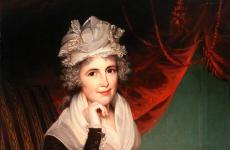Joshua Johnson
After a century of obscurity, in 1939 Joshua Johnson was “rediscovered” by a Baltimore historian who suggested that the artist might have been African American. The later discovery of papers documenting Johnson’s liberation from slavery has confirmed his identity as the first African American with an identifiable art practice. The recovery of Johnson’s identity, and the premium placed upon that identity by collectors and museums, reveal developments in American cultural history.
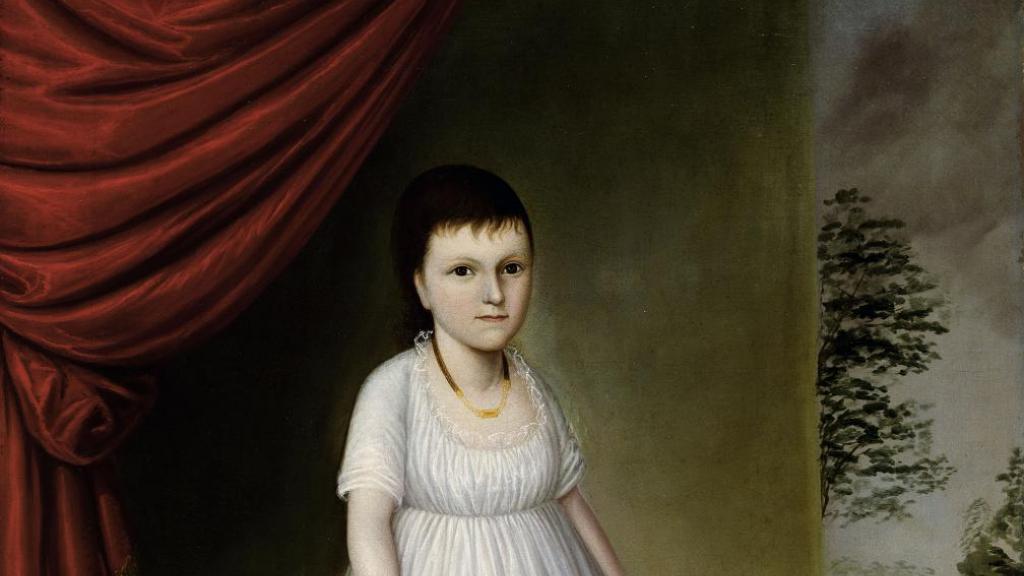
What can a portrait tell us about the artist?
A freed slave and self-taught painter working in Baltimore, Maryland, Joshua Johnson is the earliest-known African American artist. This charming image portrays the daughter of a wealthy Baltimore merchant. She holds out a biscuit to her dog, who seems transfixed by the offering. The portrait is painted in a manner that brings us down to the young girl’s level — perhaps we view her from the perspective of another child.
Acquired by public subscription on the occasion of the centennial of the M. H. de Young Memorial Museum with major contributions from The Fine Arts Museums Auxiliary, Bernard and Barbro Osher, the Thad Brown Memorial Fund, and the Fine Arts Museums Volunteer Council
